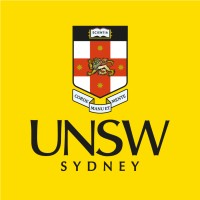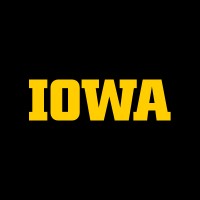
UNSW
The University of New South Wales (UNSW) is one of Australia's leading research and teaching universities. Established in 1949, UNSW has expanded rapidly and now has more than 52,000 students, including more than 14,000 international students from over 130 different countries. UNSW offers more than 300 undergraduate and 600 postgraduate programs, and has developed an extensive network of alumni chapters throughout Asia. UNSW is a founding member of the prestigious Group of Eight research intensive universities in Australia and a member of the Universitas 21 international consortium. The main UNSW campus is located on a 38-hectare site at Kensington, in Sydney. Other campuses are UNSW Art and Design (Paddington), UNSW Canberra (Canberra City and Australian Defence Force Academy), and sub-campuses at Randwick and Coogee, as well as research stations around NSW. We believe in academic freedom, so posts do not necessarily represent official UNSW views. Read our Social Media Terms of Service at www.unsw.to/sm UNSW Sydney CRICOS no.00098G facebook.com/unsw twitter.com/unsw instagram.com/unsw youtube.com/unsw






